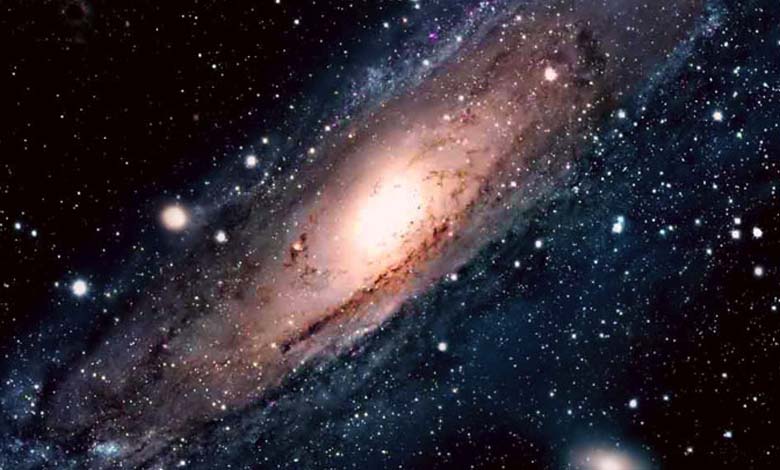Discovery of 4 Celestial Bodies in Egypt

The National Institute for Astronomical Research in Egypt announced the discovery of four new celestial bodies using the most advanced telescope in the Middle East, located in the Katamya area. This brings the number of astronomical discoveries in the past six months to nine.
-
A meteor shower every minute… A meteor shower illuminates the sky of the region
-
The Space Telescope James Webb will observe a planet potentially covered in water
This discovery is part of Egypt’s efforts to protect Earth from nearby objects, supported by the Science, Technology, and Innovation Fund (STDF), according to an official statement.
In a statement released on Thursday, the National Institute for Astronomical Research confirmed that this latest discovery brings the total to nine celestial bodies over the past six months, thanks to cooperation with the Chinese Academy of Sciences and the European Space Agency.
-
Huge asteroid ‘may pose a threat’ approaching earth
-
The Space Telescope James Webb will observe a planet potentially covered in water
The institute noted that these objects have been recorded this year on the International Astronomical Union’s website, reflecting the institute’s significant efforts in the field of astronomy and contributing to the enrichment of scientific knowledge.
Dr. Taha Rabah, acting director of the institute, stated that one of the most notable objects observed using the Katamya Astronomical Observatory’s telescope and the Satellite and Space Debris Monitoring Station was the MK 2024 asteroid, which approached Earth on June 29, 2024, with an estimated width ranging from 120 to 260 meters.
-
Historical Achievement… Japanese Spacecraft “SLIM” Survives Lunar Night
-
Mysterious Signals Discovered in Deep Space… Releasing Tremendous Energy
The research team successfully tracked the asteroid and calculated its rotation period around itself, which was 47 minutes, consistent with the results obtained by NASA.
This discovery came just hours after the announcement of an observation of a fast-moving object with a diameter of less than 2 meters, by an observatory in Arizona, which was recorded on the International Astronomical Union’s website.
-
At a Distance of 800 Light-Years… Unexpected Discovery of “Space Dracula”
-
“Clusters of Pearls” in Space… Hubble Captures Stunning Image
NASA‘s Asteroid Watch Center confirmed the potential collision of this object with Earth but emphasized that it poses no danger. The object is expected to burn up completely upon entering Earth’s atmosphere, leaving only small fragments that do not pose any threat. The impact time and location were accurately pinpointed in the Philippine Sea.
The predictions were accurate, with over 12 reports of a fireball being seen entering the atmosphere in the Cagayan region on Wednesday at 4:39 UTC, in line with the astronomical calculations.
-
Space Elevators: A physicist’s proposal to save expenses
-
New stem cell research takes flight to space












